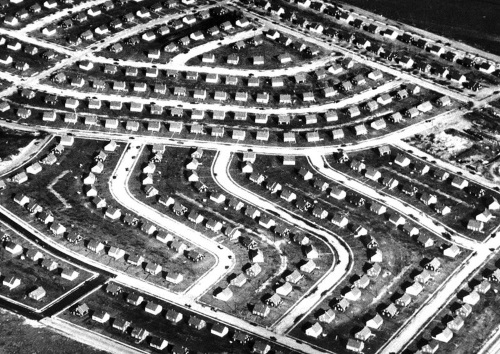This episode of the Environmental Technical Assistance Program or ETAP Podcast discusses ways state DOT cultural resources programs within state departments of transportation are exploring to identify and preserve homes built in the 30 years following World War II that may have potential historical significance.
[Above photo of Levittown, NY, circa 1948]
At the end of World War II, a huge demand for housing ensued. With the help of the G.I. Bill and Federal Housing Administration loans, many returning soldiers were in the market for a new home. The construction boom contributed to what is now termed “post-war” architecture.
However, as those homes – built in the late 1940s through the 1970s – begin to age into potential historical significance, cultural resource practitioners have their work cut out for them.
Scott Williams, cultural resources program manager for the Washington State Department of Transportation, explains how his and other similar groups at state DOTs across the country are trying to post-war home historical preservation demands.
On the podcast, Williams explains how the cultural resources subcommittee within the AASHTO Committee on Environment and Sustainability is conducting a nationwide survey of state DOT post-war practices and protocols when it comes to housing preservation.


